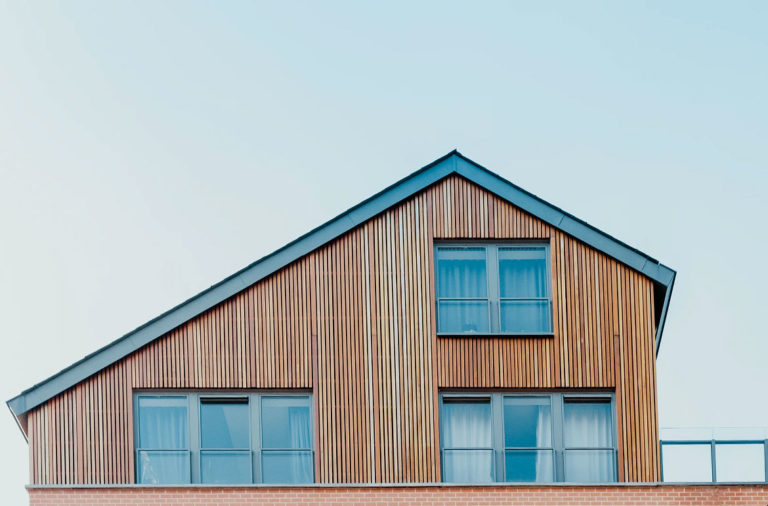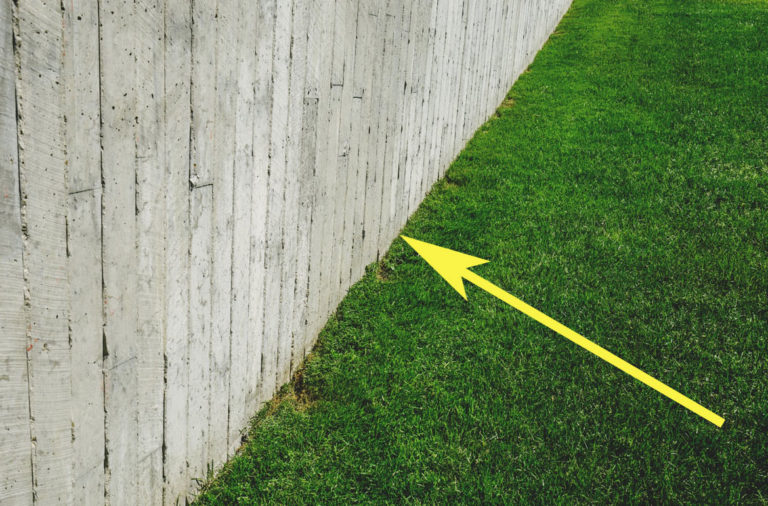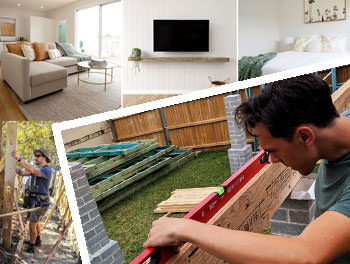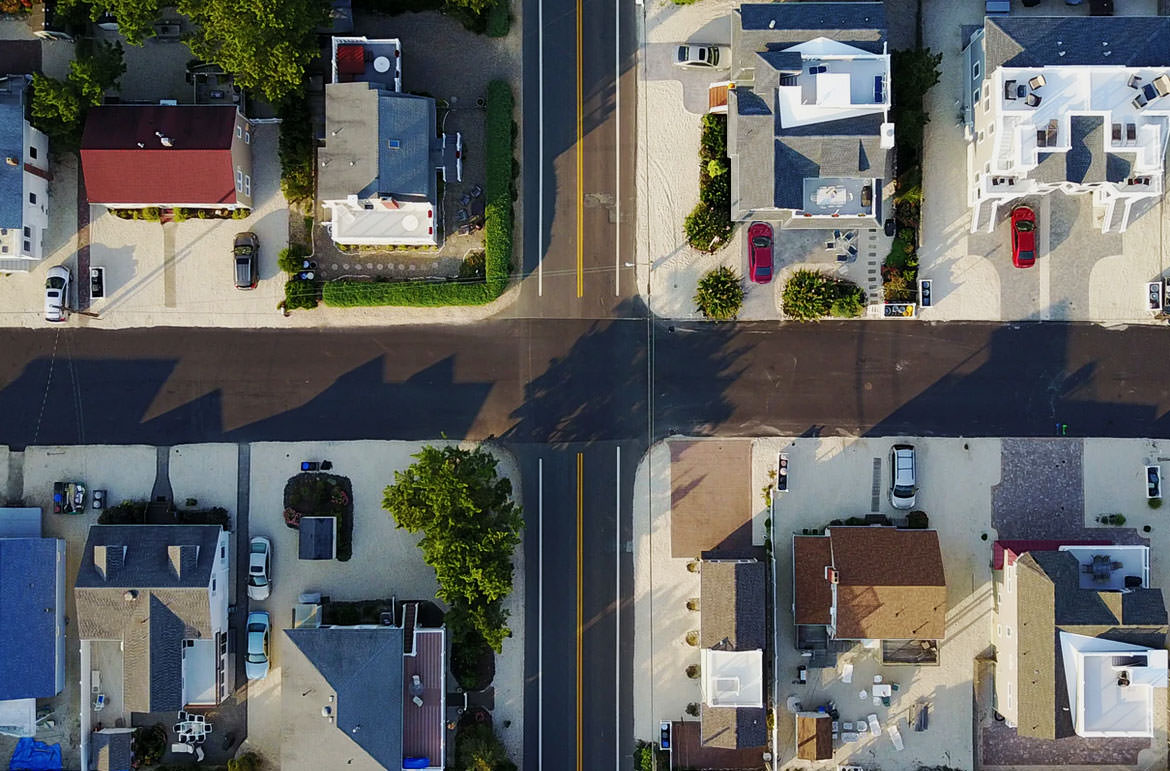
A corner block is different than a standard block, and so there are different rules for building a granny flat on a corner block. So, where is the best place to build a granny flat on a corner block?
A corner block can have its’ ‘front’ at any side you choose. However, due to the setbacks required, it is generally best to nominate the same frontage for your granny flat as the main home (the primary road). This leaves more room for privacy – which can easily be achieved by facing the two dwellings back-to-back, rather than facing each other.
Today I will discuss the restrictions of setbacks, and what you can do about them.
DON'T PAY A FORTUNE FOR YOUR GRANNY FLAT. Find out how to deal with council and build a granny flat for the lowest cost possible. Learn More.
I will talk about inventive ways to use the space better and how to provide road access.
Lastly, I will discuss ways to create privacy for your corner block granny flat.
Restrictions of Setbacks Which Make It Hard, and What To Do About It
A standard lot is a lot that is not a battle-axe, corner or parallel road lot.
The setbacks for a standard lot sized from 450 square metres – 900 square metres must have setbacks that are:
- Side = 0.9 metres.
- Rear = 3 metres.
- Front = 4.5 metres.
These can increase with the size of a property, as can be seen in-depth on my article about setbacks.
What makes a corner lot unusual is that it has two connecting boundaries, with a road/s joining at an angle less than 135 degrees.
This means you must decide:
- Which road is your ‘primary road’? So you know where your front, rear and side boundaries are according to council.
So basically, a corner block can have its’ ‘front’ at any side you choose.
It is usually best to appoint the same frontage as the primary dwelling – which is the primary road.
This is because a granny flat cannot be closer to the street than the existing setbacks of the closest neighbouring houses.
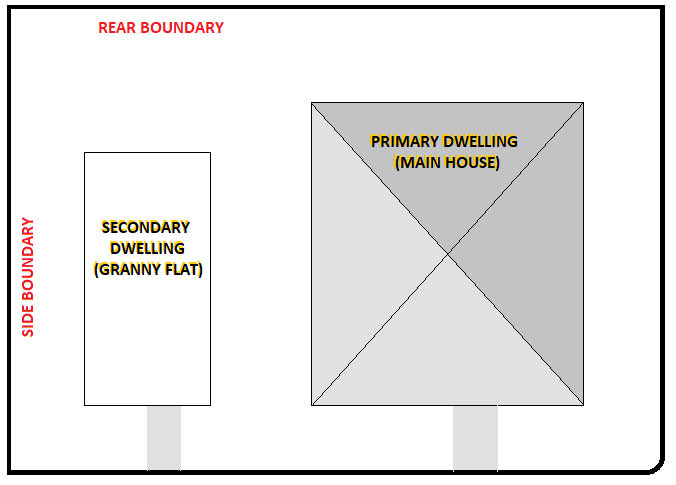
This layout works best for corner block granny flats
By delegating the granny flat with the same ‘front’ as the main home, this leaves room for the:
- Normal 3m rear setback and 0.9m side setback, plus
- 3m side setback that is required from the ‘secondary street’ for a corner block.
There are instances where the opposite is better, but these are few and far between.
It is very rare to have houses closer than 2m – 3m to the street front, though it happens… On the odd occasion.
Even in these cases it’s generally wise idea to keep the granny flat that bit further away from the street front anyway, due to:
- The noise and dirt from traffic, etc.
Are There Inventive Ways to Use the Space Better
Corner blocks have many advantages, including they have more:
- Access points.
- Opportunities for windows, meaning more natural light.
- Spaces for parking.
Also, as a corner block is so open and flexible, it is worth bringing an architect in to discuss different architectural styles during the design stage.
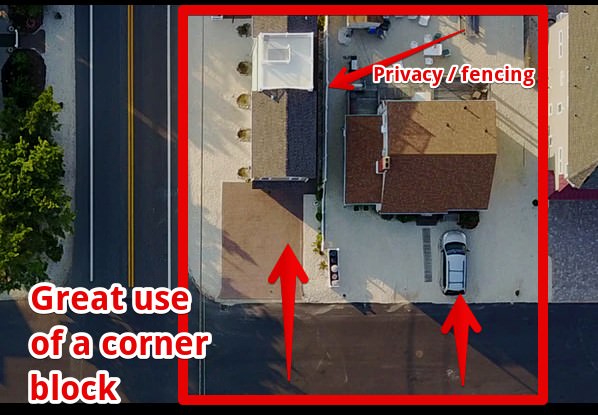
Here is a great example of how to use a corner block best
After all, it’s no use having all these wonderful features available to you on the corner block, if you don’t take full advantage of them.
See Backyard Grannys great granny flat custom-designed for a corner block. I do like this one!
Should You Provide Access from One Road to the Granny Flat?
Simply put – yes.
This is another advantage of a corner block – they have the advantage of providing dual access.
Vehicular access can be more easily added into the development, because the shape of a corner block allows the occupants of the granny flat to have:
- Private access from the side street.
This is a great addition for the privacy of the residents of both dwellings.
The side-entry point is basically a completely separate private space, so, especially if renting the granny flat, it’s a way to:
- Differentiate the granny flat from your private space. For example, you do not have to worry about their visitors coming and going.
It will also make the granny flat much more attractive to your potential tenants.
Will Council Let You Add Another Driveway?
This all depends on the regulations of your Council, but it is a negative the majority of the time.
It is best to contact your Council and discuss their regulations, as a permit may be required to go over the ‘vehicle crossing’ – that is the:
- Strip of your driveway crossing the footpath and nature strip, allowing vehicles to enter and exit your land.
Generally, the restrictions are because of where the driveway can be in proximity to an intersection.
A standard distance the ‘vehicle crossing’ (driveway) must be is a minimum of 9m from a street corner.
Are There Any Council Restrictions You Need to be Aware Of?
I suggest you contact your local Council for their regulations in advance before planning on building a granny flat on a corner block.
As you may be sitting on a busy intersection, another permit may be required.
You may be asked, either at the beginning of, or whilst under construction, for reasons of safety and convenience, for:
- Vehicle and pedestrian traffic to be controlled by traffic management.
Every local Council has their own regulations, so this may differ between areas.
Other Challenges with Building on a Corner Block
Although a corner block has its’ advantages with construction, such as much better access, they also come with their own challenges.
I have listed these below.
Exposure to the Elements
Corner blocks have more exposure to the elements – rain, wind, etc.
When neighbouring homes sit adjacent to each other, they somewhat shelter each other from strong winds and storms. However, as a corner block has 2 street frontages, it has greater exposure to these.
So, the building of your granny flat can be delayed if your site is affected by these strong winds or storms.
Primary Frontage
As mentioned, when building on a corner block, you choose what is your ‘primary road’ and so your ‘front’.
You may also be providing another access point for the granny flat from the side street. This can create a lot of confusion to visitors, as to where your ‘front’ is.
This is also another cost to put into your budget I have otherwise not discussed. How will you be clear about where cars enter your home and where visitors enter – while still privatising your home?
Do you need to add more money into your budget for how you will treat both access points and street frontages? Including funds for landscaping and driveways.
How to Create Privacy for a Corner Block Granny Flat
When it comes to creating privacy, corner blocks are actually the most ideal.
The main home is already facing one street, orientate the granny flat in the other direction.
So, both dwellings are back-to-back and not facing each other. This simple layout reduces any privacy concerns.
For other tips on privacy, use some of my landscaping suggestions.
Corner blocks in general are better for privacy, as you also have less neighbours – being bordered by two other homes, not three.
The home on a corner block is typically also placed in a better position, further away from those neighbouring homes.
Noise travels fast, and there is nothing worse than sounds from noisy neighbours coming from all sides.
Conclusion
There are varying attitudes and opinions about corner blocks.
Many people do not like them, as they feel less private and less secure.
Other people think they are great, because they are more spacious, allowing more room for natural light and better views. Basically, it all comes down to learning the specific challenges and advantages of building on your corner block.
After all, corner blocks have a lot of benefits, and if building a granny flat on one, you might as well make the most of them.
This includes:
- The ease of dual access, so you can have a separate access point for the occupants of the granny flat off the side street, and
- Orientating the granny flat in the opposite direction from the main home.
Adding these elements into the design minimises privacy concerns and will make your granny flat easier to rent.
There are also going to be specific advantages for your corner block due to your size, access to sunlight, and more, so it is worth:
- Consulting an architect to ensure you get the absolute best from your design.
Although, as with every lot, corner blocks also come with their disadvantages, including:
- A bigger side setback from the ‘secondary street’
- More exposure to the elements, causing possible delays in building, and
- The choice of Primary Frontage causing confusion to visitors and adding extra costs to the budget.
However, I hope this article has helped you learn how to build your granny flat for the unique advantages and challenges a corner block has to offer.




